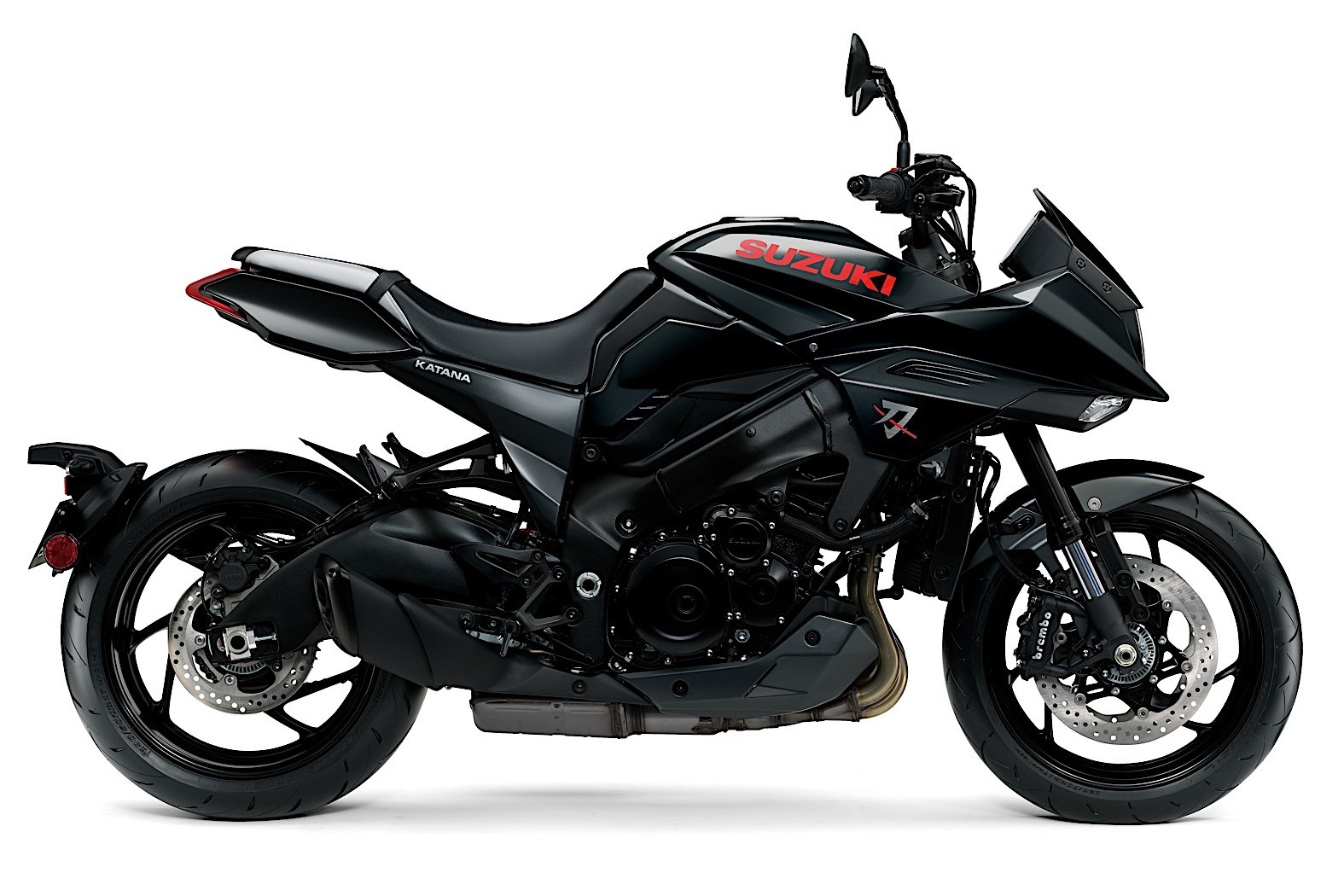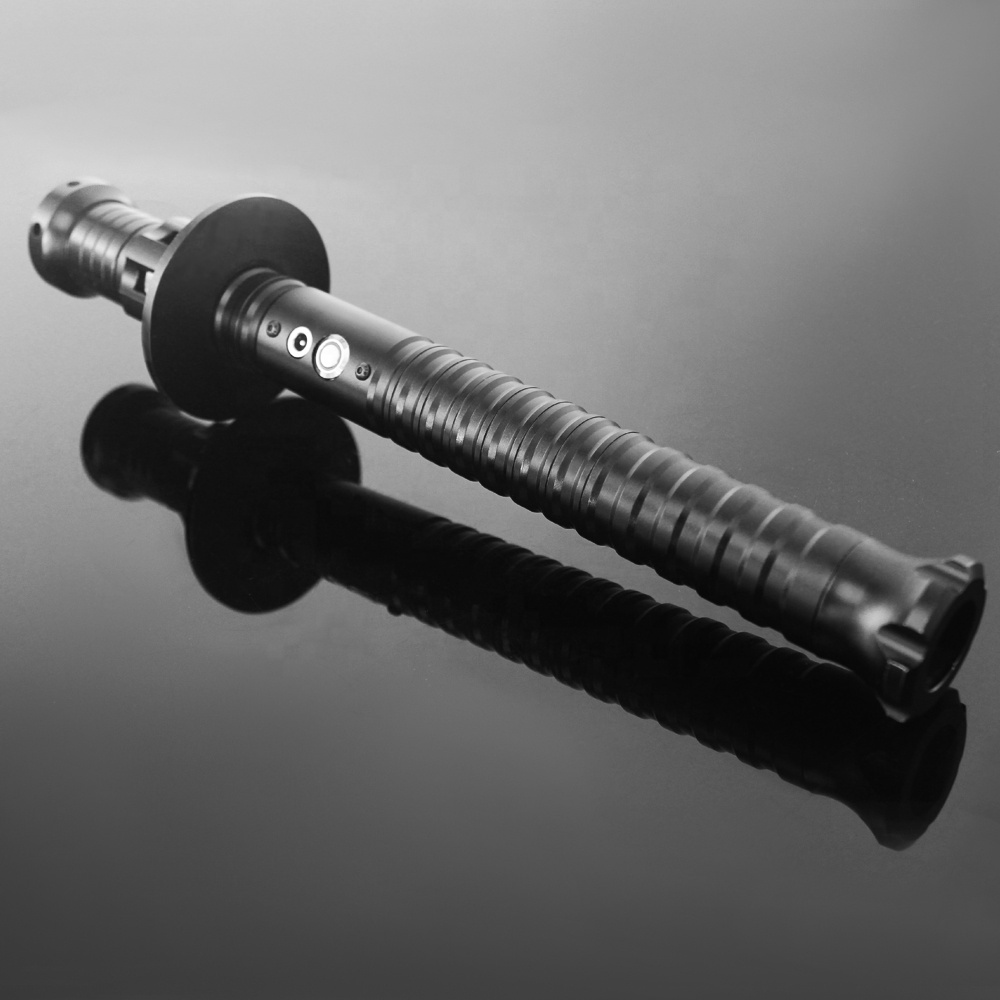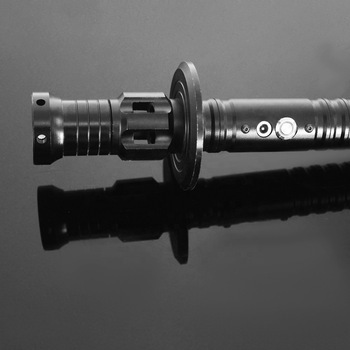
They also can be used as a means to secure the hilt to the tang, and were sometimes forged out of the same length of steel as the rest of the blade. Pommels are normally larger than the hilt and keep the sword from sliding out of the hand, as well as providing a bit of counterweight to the blade. Pommel - The end of the sword that the hilt is on. It is fastened to the tang of the blade to provide a comfortable way to hold the sword. Hilt - The handle of the sword, a hilt is usually made from leather, wire or wood.

#BLACK KATANA COOL COOL HILT FULL#
Guards can range from a simple crosspiece to a full basket that nearly encloses your hand. Also, the cross guard on a European sword can aid point control and manipulation of a blade. The guard on Japanese swords also prevented the hands from sliding down to the blade while many European sword guards also protected the hands in close quarters combat against a shield. Guard - The metal piece that keeps an opponent's sword from sliding down over the hilt and cutting your hand. The thickness and width of a tang within the hilt will determine the handling of the sword. The length of the tang and the width, particularly where it narrows before entering the pommel, vary from sword to sword. A partial tang does not extend all the way through the hilt and is normally not more than half the width of the blade. A full tang is the same width as the rest of the blade and extends beyond the hilt and through the pommel. Tang - The portion of the blade that is covered by the hilt.It was typically used on heavier swords to provide a place to grip with the second hand if needed. Ricasso - Found on some swords, the ricasso is the unsharpened part of the blade just before the guard.This is similar to the use of an I-beam when building a skyscraper. Use of a fuller allows a bladesmith to use less material to comprise the blade, making it lighter without sacrificing too much structural integrity. The actual reason for the fuller is to decrease the weight of the blade without diminishing the strength.

Contrary to popular belief, the fuller is not a channel for blood to run along. Most people believe that it is there to allow the blade to be easily removed by blood escaping through the channel, thereby reducing suction. Fuller - Often called the blood groove or gutter, the fuller is a narrow groove that runs most of the length of many swords.Of course, a double-edged sword has no back. Back - The part of the blade opposite the edge.Civil War saber, are curved along their length. Most swords taper to a point at the tip, but some blade lines are straight until the very tip. Tip - The end of the sword furthest away from the hilt.For example, a Japanese katana has a single edge but a Scottish claymore is sharpened on both sides. Edge - This is the sharpened portion of the blade.
#BLACK KATANA COOL COOL HILT FREE#
The blade can be further customized by selecting from our available customization options.ġ) The sword will go with a free sword bag and spare Mekugies(bamboo nails).Ģ) The display stand and packing box aren't included.ģ) Our products are 100% handmade, so specification varies slightly from sword to sword. Handle Material : Hardwood+Genuine Rayskin Additional Specifics of the sword are as follows: The bo-hi also helps produce a “tachikaze” or the whistling sound when the sword is swung. The blade has a bo-hi (wide grove) to make the blade a little lighter compared to blades with no bo-hi without compromising its strenght. The menuki is a brass colored dragon in katatemaki wrap which accentuates the black tsuka. The double-ring tsuba, fuchi and kashira is made of cast brass. The saya has a matte finish making it less prone to leave fingerprint marks.

The seppa and habaki are made of blackened brass and the same or rayskin, ito, sageo and saya are also black. The forge-folding of the steel adds aesthetics as it highlights a grain pattern or “hada” on the blade while the oxidized black coating makes the blade more resistant to corrosion.

The blade is made of folded steel coated in oxidized black coating. Tsuki Ga nai Yoru no Ken “Sword of the Moonless Night” A sword of an “almost-all-black” theme, this sword is rightly called the “Sword of the Moonless Night” or Tsuki Ga nai Yoru no Ken.


 0 kommentar(er)
0 kommentar(er)
